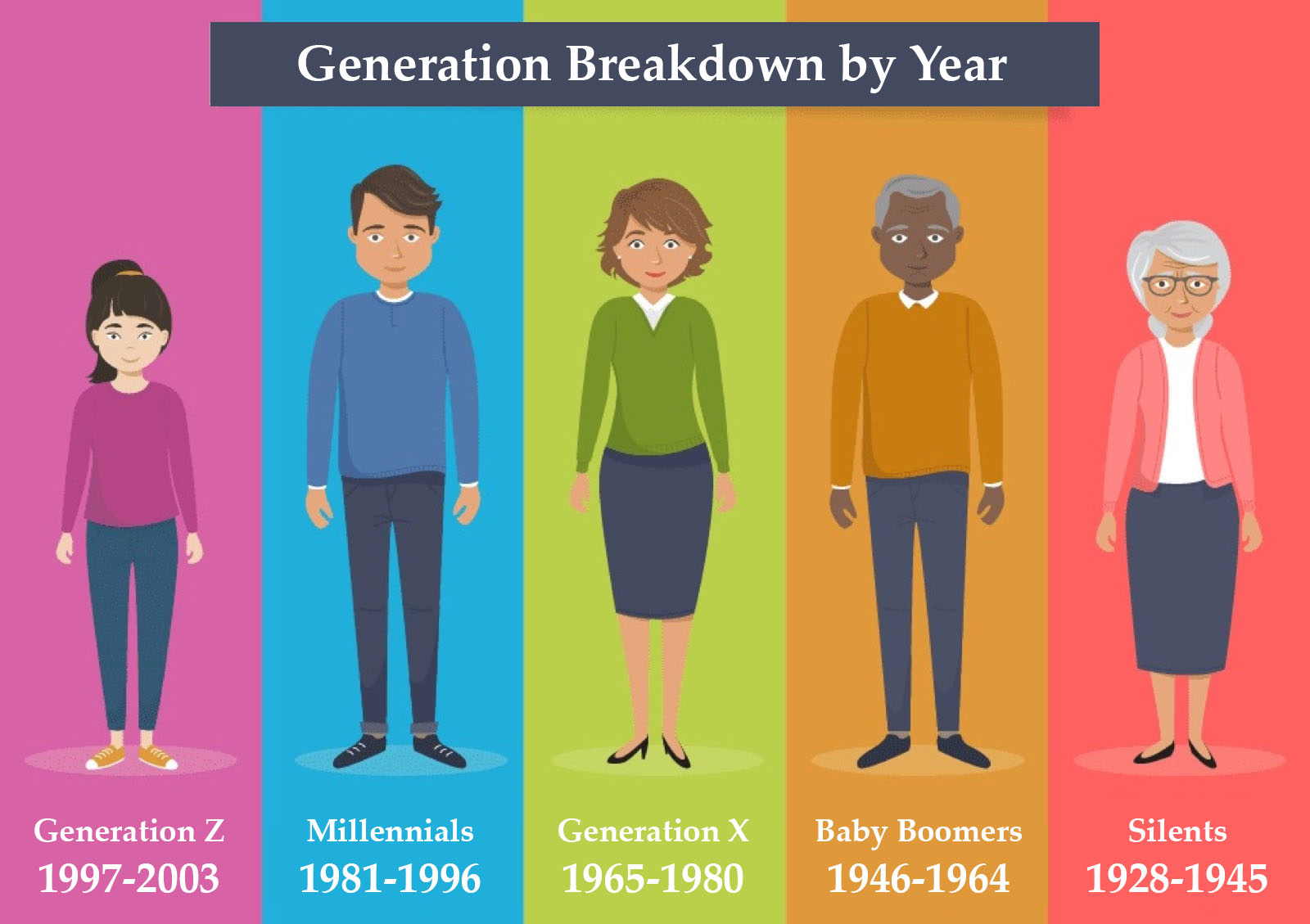Patient Billing Preferences by Generation

Does your practice offer customized patient billing options to support various demographic preferences? Understanding how each generation prefers to receive and communicate regarding payment statements and other key documents can potentially boost your ability to collect client balances.
Reviewing the Research on Generational Patient Billing Preferences
While many healthcare practices assume that paper is paramount for seniors and digital drives payments by millennials, the research we explore below provides insight beyond these basic assumptions.
The data on digital patient billing
According to a 2020 study, patients across all age groups have increasingly opted into digital notifications. The researchers used these generational categories developed by the Pew Research Center:
- Gen Z (1997-2003)
- Millennials (1981-1996)
- Gen X (1965-1980)
- Baby Boomers (1946-1964)
- Silents (1928-1945)

Study data indicated that all but one of these groups receive 48% of patient billing notifications by text or email rather than through traditional paper mail. Only the Silent generation tended to prefer paper over digital billing notices. It has also been reported that the oldest and youngest generations studied had the highest rate of digital adoption for health billing notifications.
Patients of all age groups appreciate the cost transparency provided by digital billing solutions. The journal Managed Healthcare Executive reported that 43% of Millennials and 40% of Generation X consider cost when selecting a healthcare provider.
Trends in text notifications
While more healthcare clients preferred email billing notices over the study period, the trend for SMS notifications is also beginning to gain significant traction among generations. Texts for practice payment increased in popularity, most notably for Millennials, Generation Z, and seniors. Meanwhile, the level of preference for SMS billing notices remained steady among Baby Boomers.

Dramatic growth for healthcare eStatements
Over the same two-year study period, eStatement invoices displayed the most significant percentage increase across patients of all generations. This effect decreased with the age of the patient, with the biggest climb in email opt-in notifications among Generation Z, followed by Millennials and members of Generation X.
Payment method preferences
In a study conducted by software company ACI Worldwide, nearly 76% of those ages 52 to 70 had used checking account deductions to pay bills in the past year. In comparison, just 43% of this age group reported using paper checks to pay bills in the previous 12 months.
The ACI researchers also found that Millennials and Generation Z show the highest levels of digital payment adoption. Generation X individuals surveyed lagged behind younger groups in switching to online and app-based billing even though 83% reported owning a smartphone.
Enhanced care coordination
Respondents in the Managed Health Executive study also wished that various healthcare providers would connect with one another. Adding digital payment and patient record solutions can improve the care coordination your practice can provide with specialists, pharmacies, and insurers.
Access to electronic health records
As noted by the Managed Healthcare Executive study, healthcare consumers of all ages increasingly expect seamless access to their electronic health records (EHRs) at the practice level. Without offering this capability, practices may become less able to attract new patients, especially Millennials and members of Generation Z. About 75% of these groups requested direct EHR access, in addition to 53% of the Silent generation, 57% of Baby Boomers, and 71% of Generation X.
Widespread digital adoption
A recent study by McKinsey & Co. indicated that 77% of healthcare consumers of all ages use digital technology to pay medical bills. Beyond billing, they also rely on their devices to:
- Search for practice reviews (79%)
- Check personal health information (71%)
- Search for doctor, hospital, or health system costs (66%)
- Schedule practice appointments (55%)
Understanding Best Practices for Payment

Developing a payment program that accounts for these generational preferences can improve collection rates as well as patient satisfaction. Keep these best practices in mind when updating your billing policies and systems:
- Offer clients the choice between traditional and electronic communications, or both where desired.
- Provide robust education for clients who want to transition to digital but are new to electronic payments.
- Preserve client trust and loyalty through an efficient, secure digital user experience.
- Consider EHR implementation if your practice relies on paper charts.
- Coordinate care with payers and other providers to prevent costly service duplication and improve the quality of patient care.
Final Thoughts
Investing in electronic billing solutions can provide a competitive advantage for healthcare practices. Partnering with a statement and payment provider like MailMyStatements can ensure seamless patient communications and billing in both the traditional and digital realms. Our solutions include print/mail and electronic statements, mobile phone-based payments, text reminders, QR codes for statement access, and white-labeled payment portals branded for your practice. Schedule a demonstration today to learn more about how we can enhance and modernize your patient billing experience.
![]()



